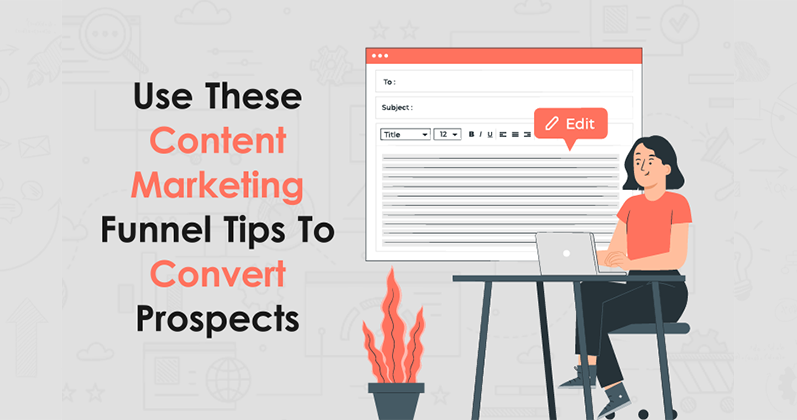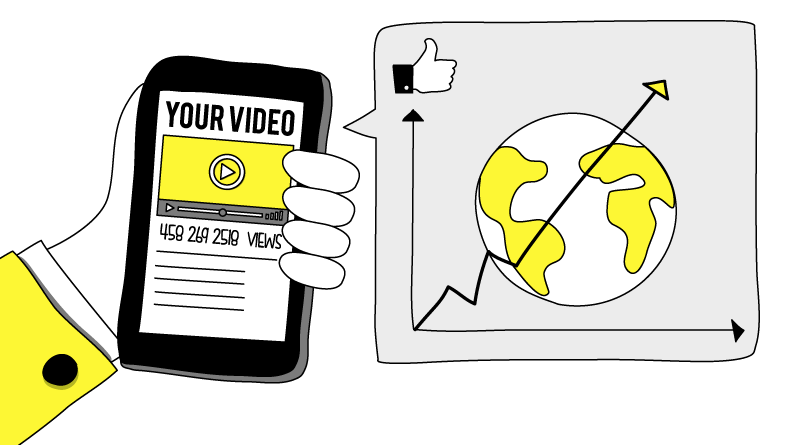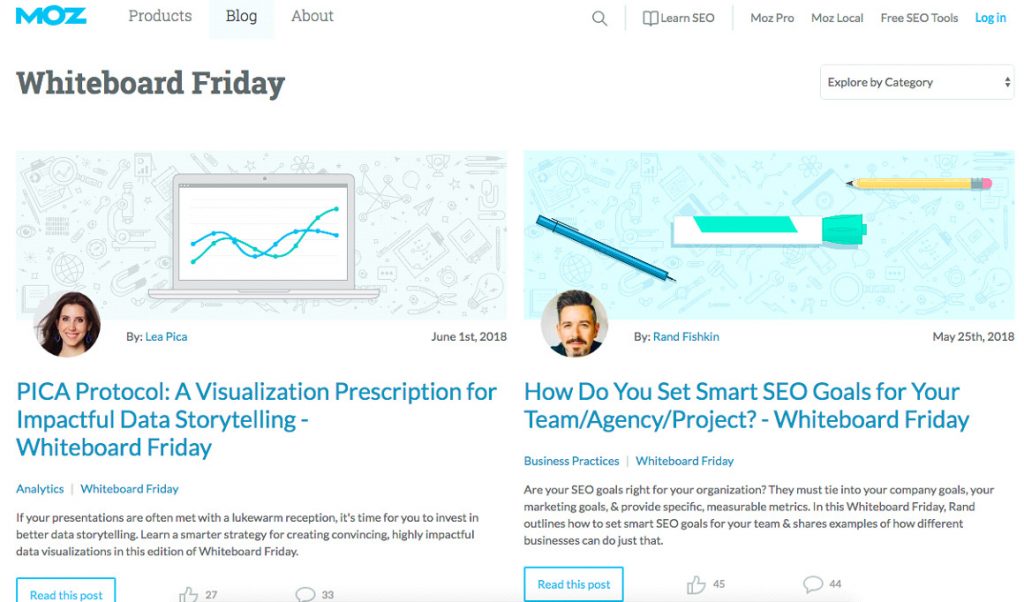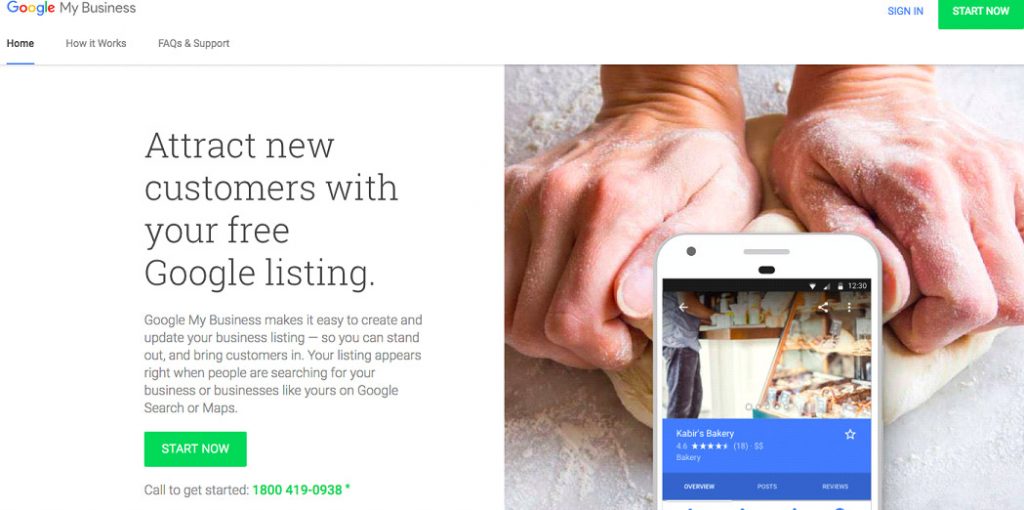What You Can Do Now?
There are a few proactive actions you can take to make sure your marketing initiatives continue to work in the light of changing attribution landscapes.
1. Stay Up To Date
Become acquainted with the latest attribution models. Learn how advanced models such as Data-Driven Attribution operate and how they may provide a more complex picture of customer journeys.
2. Review Performance
Review the performance of your current campaigns using the preceding attribution models. You can use this information to pinpoint places where the new models could improve accuracy and clarity.
3. A/B Testing
To determine how the new attribution model affects your campaigns, consider running A/B tests with them. This experimental approach can offer insightful information about how various models distribute credit and which one best fits your goals.
4. Google’s Database
Make use of Google’s extensive documentation and resource base. Follow their official announcements and transitional materials to stay informed. Google frequently provides thorough analysis and suggestions on how to handle these changes successfully.
5. Efficient Collaboration
Work together with your agency or marketing team to make sure that everyone is on board with the change in attribution models. By working together, we can make the shift go more smoothly and guarantee that everyone is prepared to make data-driven decisions.
6. Keep Observing KPIs
Keep a careful eye on your key performance indicators (KPIs). To gauge how the new attribution is affecting your campaigns, monitor key performance indicators (KPIs) such as conversation rates, cost per acquisition, and return on ad spend (ROAS).















